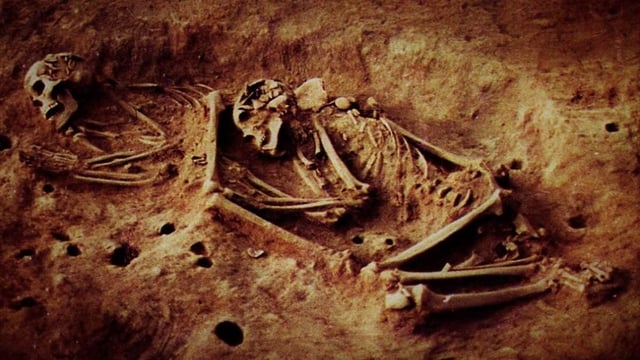Overview
- Genomic sequencing of 21 individuals from five Bogotá Altiplano sites uncovered a distinct hunter-gatherer lineage dating back 6,000 years with no modern descendants.
- The early Checua population diverged rapidly after entering South America and remained genetically isolated from other ancient groups before vanishing around 2,000 years ago.
- A later wave of migrants related to ancient Panamanians and modern Chibchan speakers introduced the Herrera tradition’s ceramics, early farming and Chibchan languages.
- Archaeologists found no signs of conflict, indicating that migration, cultural exchange and intermarriage drove the gradual replacement of the original population.
- Collaboration with the Guardia Indígena Muisca and national institutions underscores that genetic ancestry does not define cultural identity and calls for ancient DNA studies in surrounding regions.
